
This weekend we made an escape to the Waiarapa, the wine region nearest to Wellington. The purpose of the trip was nothing to do with birds, it was to get some badly needed rest and relaxation. The resort we stayed at was close to Mt Bruce, however, so on Sunday we popped over before heading back to Wellington. Mt Bruce, since you ask, is the Department of Conservation’s premier endangered bird breeding centre. The centre now encompasses native bush into which some of these endangered species have been released. (It also sounds like the area was discovered by Australian explorers. “I’m going to name this area Mount Bruce, and over here I’m going to call this Mount Sheila”)
A Kaka at Mt Bruce
The refuge was lovely, as usual. Long-finned Eels swam in the rivers, and in their pens the breeding Blue Ducks where whistling away. But the highlight of the visit was visiting the Kiwi House. Kiwi, as I have vouchsafed on this website before, acn be quite hard to see in the wild, and in fact the first kiwi I ever saw, before I ever one in the wild. And on this visit, we were there in time to see feeding for the kiwi chicks the centre was raising. Interestingly, however, the chicks, while hatched at the centre, were not bred there. So what was going on?
North Island Brown Kiwi chick
It goes like this. Kiwi, New Zealand icons par excellence, are rather endangered. The suite of predators introduced to New Zealand, on the whole, can’t do to much damage to adult kiwi. The stoats, weasels, rats and the like, are unable to kill the big guys but can make short work of the chicks. Kiwi chicks are rather unusual in that they have no period of parental care; having been incubated for two to three months, they are on their own once they have hatched. So much so that only 5% of chicks that hatch reach adulthood, which is a terrifyingly low number for such a slow breeding bird.
To deal with this peril to one of New Zealand’s most important birds (or family of birds, there are five species of kiwi), one bank has been spearheading a campaign to save those chicks. BNZ has been running the Kiwis for Kiwi (I’ve spoken before about how New Zealanders are known as kiwis), a programme that collects the eggs of kiwi from the wild just before they hatch, hatch them in captivity, then raise the chicks until they are large enough to fend for themselves (amongst other projects). And it was one of these very young chicks, a little North Island Brown Kiwi, that we saw at Mt Bruce.
A friend of mine, before she moved to New Zealand, thought that kiwi would be the size of kiwi fruit, a lemon sized speciality of the area. They aren’t, to her disappointment, but I’ll be sure to direct her towards kiwi chicks, which are utterly adorable. I’d recommend any visitor to New Zealand check out a kiwi house raising kiwi chicks, even if they plan to see kiwi in the wild, as they are worth a look even if they don’t “count” in a ticking sense. Birding isn’t about ticking, and these little guys being saved from extinction are a better sight than a hundred wild birds.

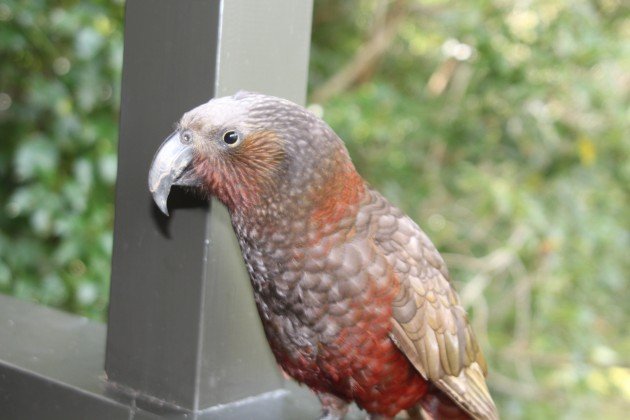
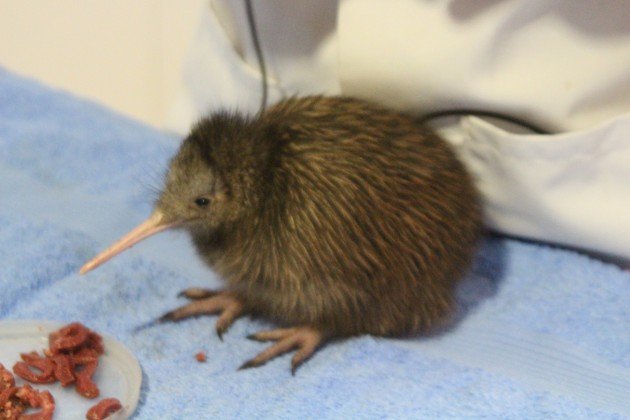
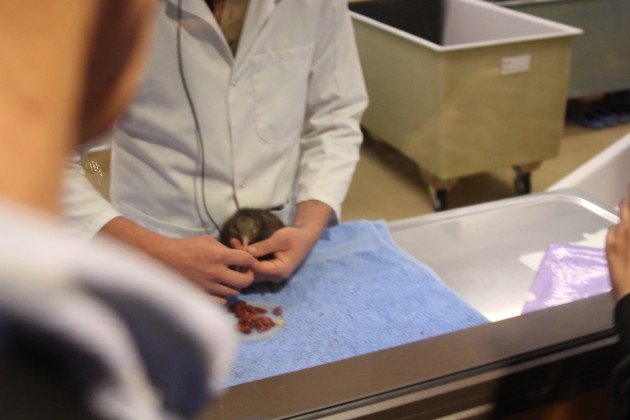
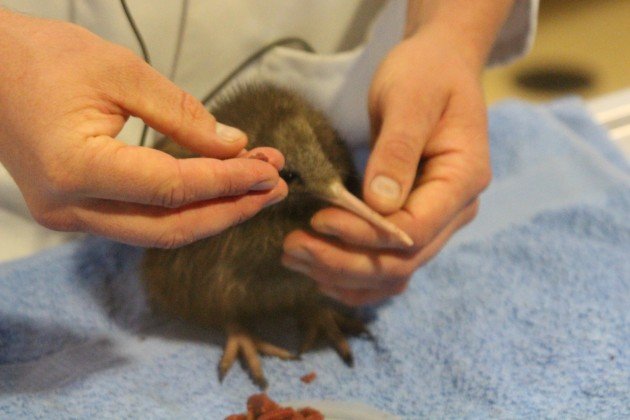
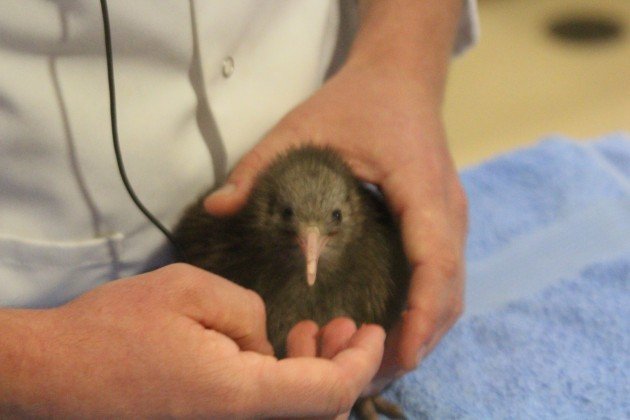
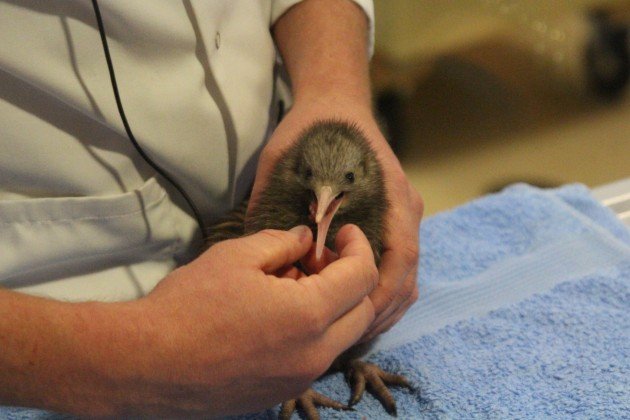










Very cute! 🙂
Great post, and what an adorable chick. Sure hope the project is successful!